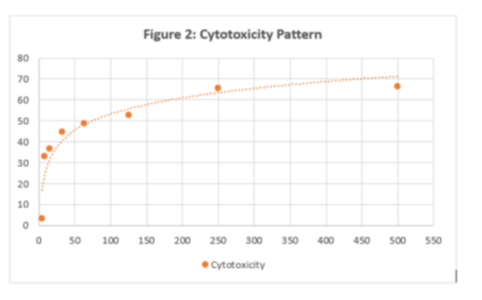


Indian Journal of Science and Technology
DOI: 10.17485/IJST/v13i30.1150
Year: 2020, Volume: 13, Issue: 30, Pages: 3070-3075
Original Article
T N Sathya1, Vijay A Mehta2, Devi Senthil3, K R Navaneethakrishnan4, S S Murugan5, T S Kumaravel6*
1Regulatory Toxicologist, GLR Laboratories Private Limited, #444, Gokulam street, Mathur, Chennai. PIN – 600068
2Founder and Chairman, Retort Pharmaceuticals Private Limited, #21/2, McNichols Road, Chetpet, Chennai, PIN -600031
3Group Product Manager, Retort Pharmaceuticals Private Limited, #21/2, McNichols Road, Chetpet, Chennai, PIN -600031
4Assistant Director, GLR Laboratories Private Limited, #444, Gokulam street, Mathur, Chennai. PIN – 600068
5Managing Director, Department of Toxicology, GLR Laboratories Private Limited, #444, Gokulam street, Mathur, Chennai. PIN – 600068
6Chairman, GLR Laboratories Private Limited, and Head of Toxicology and Risk Assessment., GLR Laboratories Private Limited, #444, Gokulam street, Mathur, Chennai. PIN – 600068
*Corresponding Author
Email: [email protected]
Received Date:14 July 2020, Accepted Date:04 August 2020, Published Date:19 August 2020
Objective: To evaluate the in vitro cytotoxic potential of CELNORM, a nutritional health supplement, on MCF7 human adenocarcinoma breast cancer cells. Methods: Briefly, MCF7 cells were cultured for 24 hours in complete growth medium containing fetal bovine serum and antibiotics and exposed to various concentrations (500, 250, 125, 62.5, 31.25, 15.625, 7.8125, 3.906 micrograms/mL) of CELNORM for a period of 24 hours. Cell viability/death was assessed qualitatively by microscopy and quantitatively by MTT assay. Findings: CELNORM exhibited significant cytotoxic effect on MCF-7 cells in a dose dependent manner. Under microscopy, there was an evident, dosedependent increase in the number of apoptotic cells. Cell viability exhibited in terms of percentage viability, fell below 70% from 7.9 mg/mL, which is indicative of cytotoxic response from this dose. The IC50 value was determined to be 43.51 mg/mL. Applications: With such an effective combination of natural ingredients, the results are promising. Therefore, we conclude that CELNORM can be a useful option in the supplemental therapy for breast cancer treatment in the panel of Complementary and Alternative Medicine (CAM).
Keywords: CELNORM; breast cancer; cytotoxicity; MCF7; complementary and alternative medicine
© 2020 Sathya et al.This is an open-access article distributed under the terms of the Creative Commons Attribution License, which permits unrestricted use, distribution, and reproduction in any medium, provided the original author and source are credited. Published By Indian Society for Education and Environment (iSee).
Subscribe now for latest articles and news.